Hello Folks!!!
Today, we are going to discuss about the best mobile app development companies in Leeds.
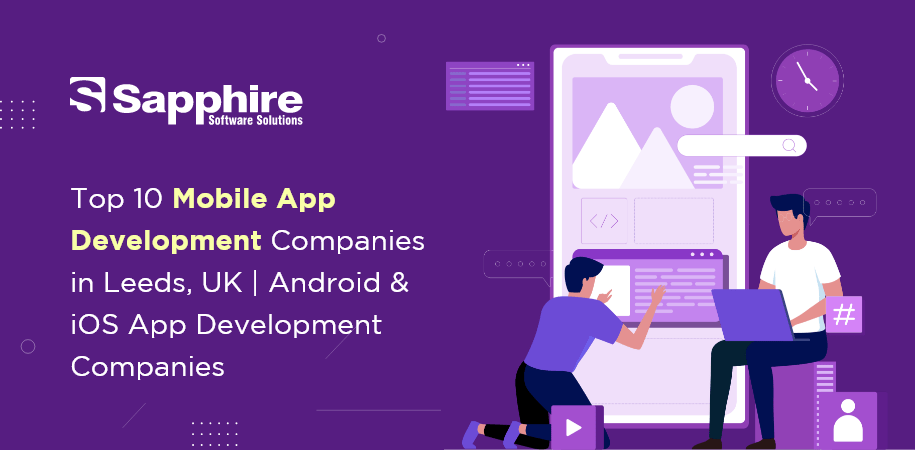
Hello Folks!!!
Today, we are going to discuss about the best mobile app development companies in Leeds.
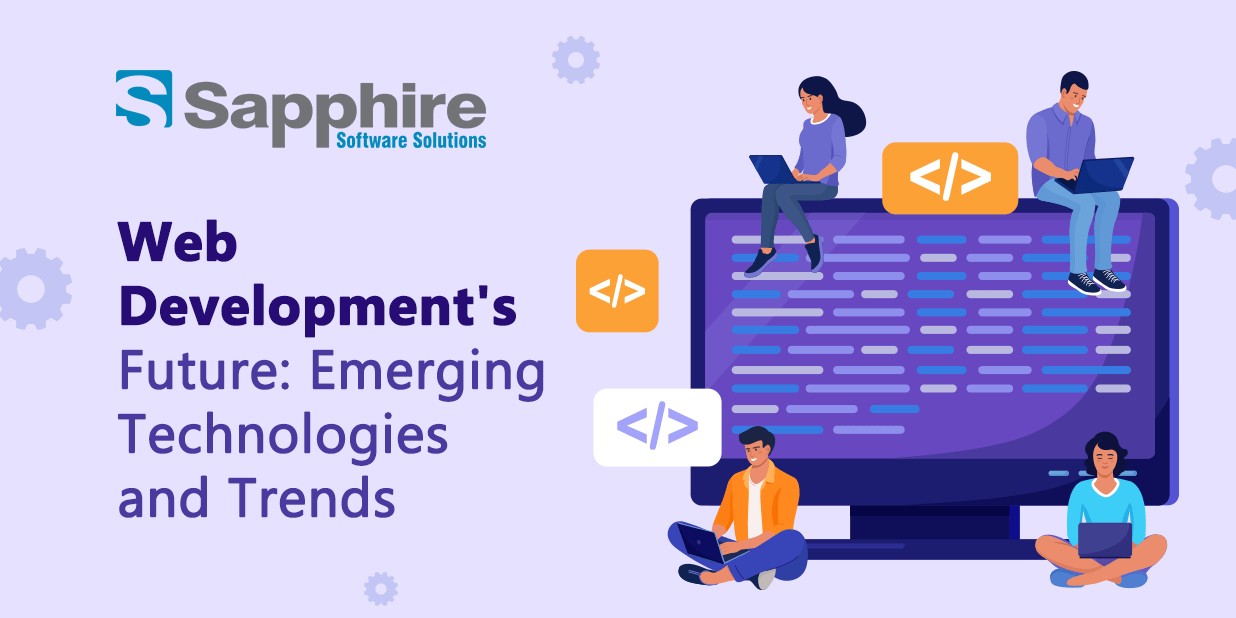
Web development is a dynamic and always-changing profession driven by industry standards changes, consumer expectations changes, and technical improvements. At the vanguard of this digital transformation, web developers are charged with keeping up and inventing breakthroughs that will completely change how we use the Internet. Looking ahead to 2024, we anticipate a growth in voice search, augmented reality (AR), seamless performance techniques, mobile-first design, minimalist aesthetics, an accessibility focus, and AI-driven personalization in web design.
Responsive design, which guarantees that websites adapt fluidly to various devices and screen sizes, is one of the fundamental elements of current web development trends. Users expect websites to be simple to use and function on all devices as the use of smartphones and tablets grows. Along with technology, web development approaches and techniques have developed. From the early days of static HTML websites to the dynamic and interactive web applications of today, web development has evolved over time to accommodate the changing requirements of users and businesses.
Because they deliver contemporary, user-centric, and competitive websites, web development trends are essential for developers and businesses. Developers may employ the best tools and methods to match user expectations and succeed in the dynamic digital environment by keeping up with these web development trends.
Will web development have a future? The web will just keep expanding and getting better over time. Let’s see the future trends of web development company in USA.
Web applications known as progressive web apps provide a native app-like experience within a web browser. They are created to be quick, trustworthy, and receptive. PWAs use technologies like Service Workers to make push alerts and offline functionality possible.
The introduction of mobile devices, especially smartphones, resulted in a dramatic change in web development. Another important trend is to optimize the speed and performance of websites. Because customers have little patience for websites that take a long time to load, performance optimization is essential for a good user experience and improved conversion rates. To increase website speed, strategies including code minification, caching, and content delivery networks (CDNs) are used.
A low-level virtual machine called WebAssembly allows web browsers to execute code written in languages like C, C++, and Rust efficiently. Complex games and multimedia apps are only a few of this technology’s many possibilities for online applications. Web assembly will become a crucial component of web development as it develops, allowing quicker and more effective online apps.
Web development is increasingly relying on AI and ML. By using chatbots, recommendation engines, and personalization, these technologies may improve user experiences. Developers may include AI and ML in their web apps without substantial technical knowledge using pre-trained models and tools like TensorFlow.js.
Voice search and VUI have become more common due to the spread of voice-activated devices like smart speakers and virtual assistants. Web designers must include natural language processing features in their websites to make them voice search-friendly. Accessibility and user-friendliness are essential since voice interactions are anticipated to become mainstream in online apps.
Since many years ago, responsive web design has been considered the best practice for making websites adapt to various screen sizes and devices. However, responsive web design is developing into Responsive Web Design 2.0 with the emergence of foldable phones, wearables, and novel form factors. This entails developing web apps that can adjust to various screen sizes, input types, and device capabilities in addition to screen sizes.
Web accessibility and inclusion are becoming more critical as the Internet becomes necessary for daily life. Developers must follow the WCAG rules to ensure their online apps are accessible to those with impairments. This development reveals an increasing desire to provide a level playing field for participation and information access on the Internet.
Developers may create and execute apps using serverless computing without managing servers. Serverless systems are available from cloud providers like AWS Lambda, Azure Functions, and Google Cloud Functions and can grow autonomously in response to demand. This approach appeals to web developers because it simplifies infrastructure administration, lowers expenses, and speeds up development.
Single-page applications have become popular due to quick loading times and smooth user interfaces. React, Angular, and Vue.js are examples of JavaScript frameworks crucial for creating SPAs. These frameworks are still developing, enabling programmers to create interactive and dynamic online applications.
A group of web platform APIs known as web components makes building reusable bespoke items with contained functionality possible. In web development, they encourage modularity and reusability, simplifying the creation of sophisticated systems with maintainable code. Web components are anticipated to play a vital role in web development as browser support advances.
Using technologies like WebGL and WebXR, incorporating 3D visuals and AR into online apps is becoming increasingly feasible. This trend is significant for e-commerce, education, and entertainment since immersive experiences may increase user and information or item engagement.
The options are endless in the constantly changing world of web development. It’s abundantly evident that web development is entering a period of extraordinary innovation as we’ve looked at new technology and trends.
How we interact with the Internet is changing as a result of progressive web apps (PWAs), web assembly (Wasm), artificial intelligence (AI), and the decentralized web. User experience, performance, and security are prioritized in these developments. Additionally, the emphasis on serverless architecture, data privacy, and online accessibility shows a dedication to inclusion and defense.
Web developers must maintain agility by constantly learning and adapting to stay current. They can create a more user-friendly, immersive, and secure digital environment by embracing change and using these disruptive technologies.
The potential of a web development company is limitless and only limited by our desire to experiment and create. You can contact us for world-class web development services. Hire web developers in USA from us to embrace this promising future with excitement. And be prepared to transform the web in awe-inspiring and ground-breaking ways.
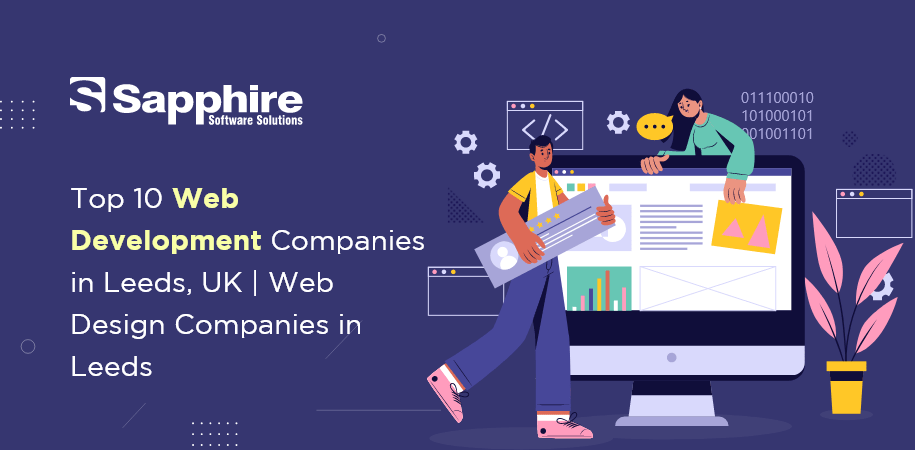
Hello Folks!!!
Today, we are going to discuss about the best web development companies in Leeds.
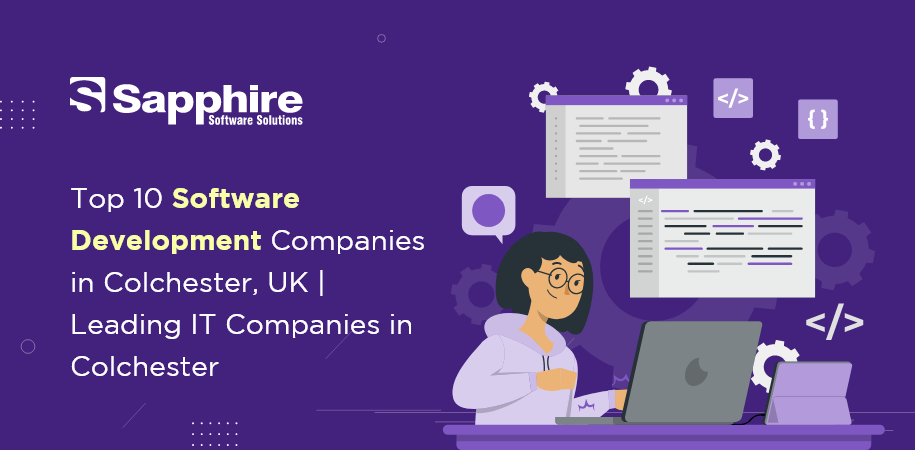
Hello Folks!!!
Today, we are going to discuss about the best software development companies in Colchester.
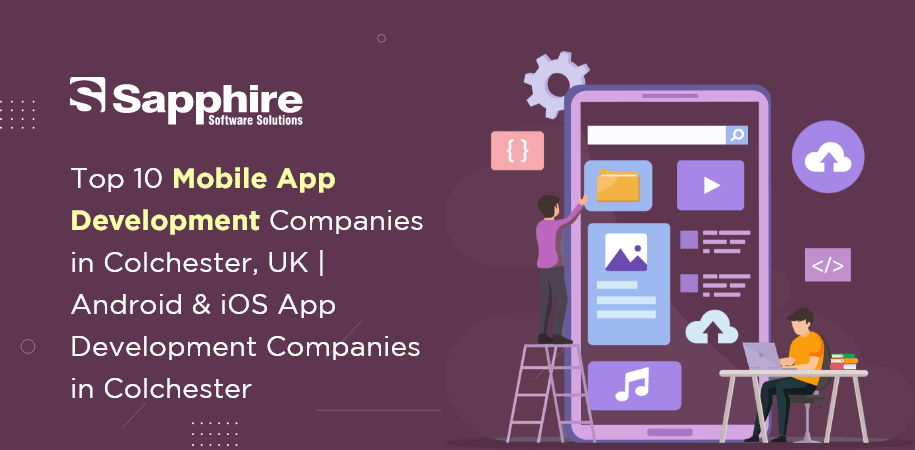
Hello Folks!!!
Today, we are going to discuss about the best mobile app development companies in Colchester.
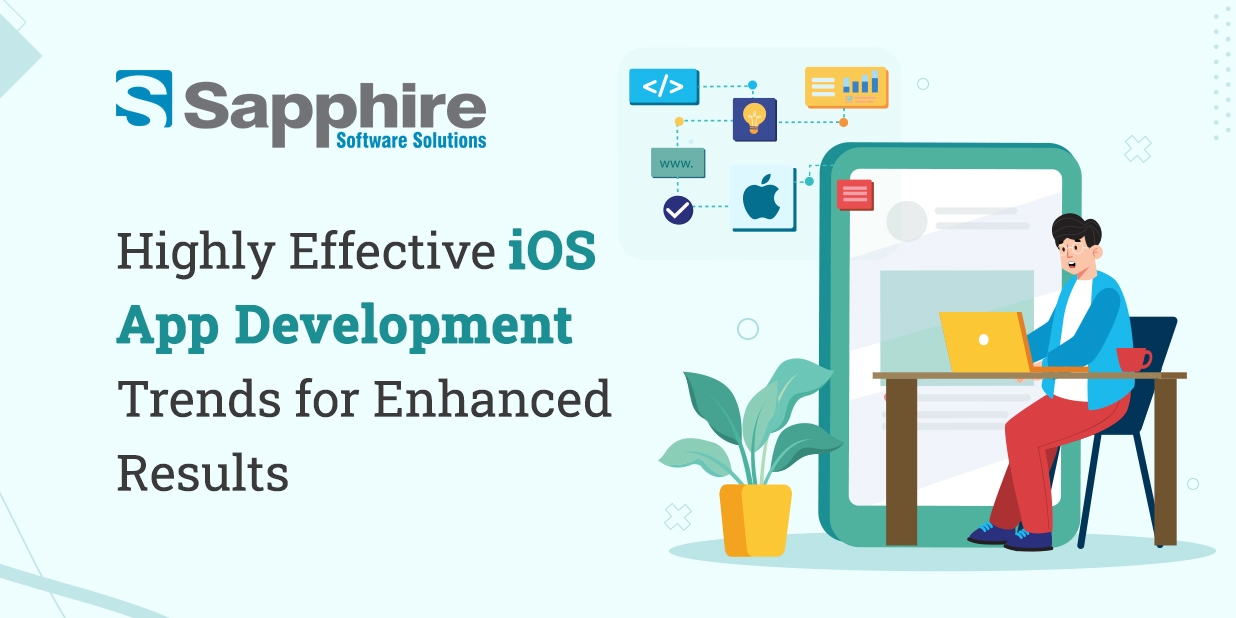
IOS apps have continuously set the standard for innovation, user experience, and performance in the dynamic and quickly expanding field of mobile app development. New trends and technology appear yearly, changing the environment for iOS app development services. Keeping a close watch on these trends is essential for developers and organizations looking to flourish and provide top-notch user experiences.
This blog explores six extremely effective trends in iOS app development that could improve outcomes for both developers and companies in 2023 and beyond. The way we interact with iOS apps is about to change due to these trends, ranging from ground-breaking user interface design to incorporating cutting-edge technology like augmented reality and machine learning.
Let’s tour the always-changing world of iOS app development and investigate how these trends might lead to better outcomes.
SwiftUI, which Apple unveiled in 2019, has been getting much interest in the iOS app developer space. It is a declarative UI framework that makes designing beautiful and functional user interfaces more accessible. SwiftUI simplifies the construction of sophisticated and interactive UI components by allowing developers to design interfaces using a declarative paradigm.
The cross-platform compatibility of SwiftUI is one of its main benefits. SwiftUI allows you to create code that smoothly runs on iOS, macOS, watchOS, and tvOS, saving you time and effort during development. Furthermore, SwiftUI provides real-time previews so developers can see the UI changes they make immediately.
SwiftUI enables developers to accelerate the UI development process, producing iOS apps that are more effective and aesthetically pleasing. SwiftUI will significantly shape the future of iOS app development as it develops further.
AI and machine learning have become crucial elements of contemporary iOS app development. Thanks to these technologies, apps can now provide customized experiences, make wise predictions, and automate processes.
Apple’s machine learning platform, Core ML, allows developers to incorporate machine learning models into their apps easily. This brings up various opportunities, including natural language processing and picture and audio recognition. Apps, for instance, may evaluate user behavior and interests using machine learning to provide individualized content suggestions.
Additionally, iOS apps increasingly integrate voice assistants like Siri, enabling users to engage with them through voice commands. To link their applications with Siri and provide a smooth, voice-activated user experience, developers may utilize the SiriKit framework.
The introduction of 5G networks is changing how iOS applications function. 5G allows for real-time communication and data sharing thanks to much higher data rates and decreased latency. This is especially important for applications that give live content, stream material, or use augmented reality (AR), virtual reality (VR), or streaming technology.
Additionally, edge computing is becoming more popular, which entails processing data closer to the source rather than in centralized data centers. As a result, iOS applications may carry out computationally demanding operations with less delay. Developers may use Edge computing to create experiences that are quicker and more responsive.
Businesses should consider making their applications 5G-ready and look into ways to use edge computing technologies to remain ahead in iOS app development.
App developers must prioritize the security and privacy of users’ data as consumers’ concerns grow. App Tracking Transparency (ATT) and Sign in with Apple are two of Apple’s recent privacy-enhancing efforts.
Users now have greater transparency and control over their data thanks to ATT’s ability to choose which applications may monitor their online activities across various websites and apps. Users may sign in to applications using Sign in with Apple quickly and privately without disclosing personal information.
Developers should emphasize data encryption, safe authentication procedures, and regular software updates to fix vulnerabilities if they want to earn consumers’ confidence. A security and privacy-focused approach safeguards user data and guarantees adherence to legal specifications like the CCPA and GDPR.
Businesses are increasingly aiming to create applications for different platforms to reach a wider audience, even though iOS is still a vital platform. Swift cross-platform programming has shown to be a potent remedy for this issue.
Assembling iOS, Android, and web app code is made possible by frameworks like SwiftUI and Combine and tools like Swift for TensorFlow. As a result, developers may maintain a single codebase across all platforms, cutting down on development time and expenses.
Cross-platform development also allows updating features and addressing bugs more quickly since changes can be made once and deployed consistently across all supported systems. More companies will choose Swift for cross-platform programming to increase their app footprint.
With support for VR headsets and apps, VR experiences are becoming more readily available on iOS smartphones. Gaming, education, and real estate businesses may benefit from the rising demand for VR by offering customers exciting, interactive experiences.
Being ahead of the curve in the constantly changing field of iOS app development is helpful and often a need for success. SwiftUI, machine learning and AI integration, 5G connectivity and edge computing, improved app security and privacy measures, cross-platform development with Swift, and AR/VR integration are just a few of the trends covered in this blog.
User-centricity, creativity, and flexibility are the driving drivers behind improved success in iOS app development, and it is clear as we wrap up our investigation of these themes. While machine learning and artificial intelligence (AI) offer opportunities for customization and automation, SwiftUI streamlines and simplifies the construction of aesthetically pleasing user interfaces. Real-time experiences are ushered in by 5G connection and edge computing, while security and privacy safeguards foster confidence and guarantee compliance. Swift’s cross-platform capabilities provide effective and expanded reach, and integrating AR and VR creates immersive and captivating user experiences.
It is a strategic need to embrace these trends, not just a question of choice. In addition to exceeding the constantly growing customer expectations, those who successfully harness these trends will establish themselves as market leaders in a cutthroat industry.
One thing is sure as we move into the future: the iOS app development environment will continue to change, bringing with it new possibilities and difficulties. As an iOS app development company that adapts quickly, creatively, and in response to these changes, we will be the ones to provide the improved outcomes people need, creating new standards for excellence in iOS app development. Alternatively, you can also hire iOS developer in USA from us to work dedicatedly on your project.
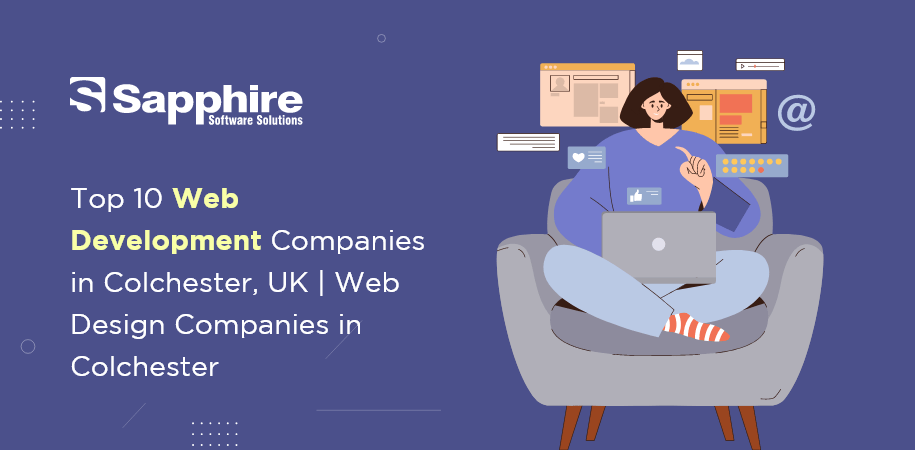
Hello Folks!!!
Today, we are going to discuss about the best web development companies in Colchester.
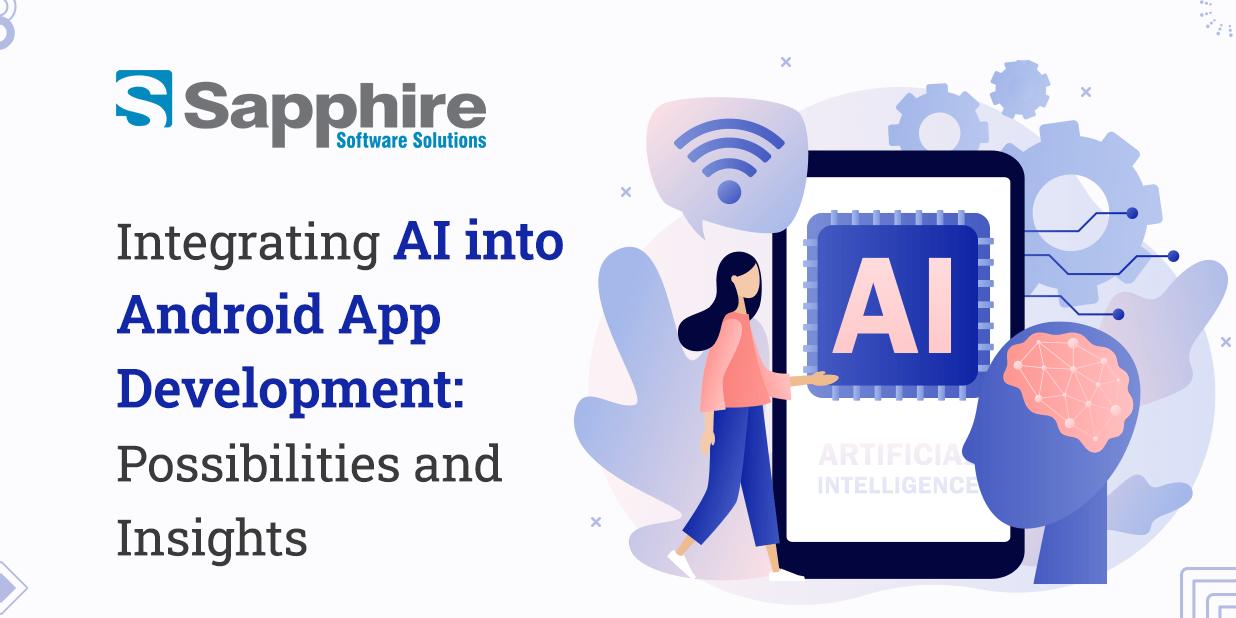
The marriage of artificial intelligence (AI) and Android app development is a cornerstone of innovation in a society characterized by fast technological breakthroughs. With its large user base and various apps, the Android ecosystem presents a favorable environment for AI to provide more intelligent, user-friendly, and customized Android app development services. As AI technologies advance, their incorporation into Android applications opens up many opportunities beyond conventional limitations.
AI-powered Android app development represents a fundamental change in user interaction with devices and apps, not just a technology fad. The fascinating area of incorporating AI into Android app development is explored in this article, along with the many options it presents and the insights that inform its use.
The promise for improved user experiences, predictive analytics, natural user interfaces, and new functionality is tangible as the line between human and machine interaction blurs. AI changes the app development landscape, from AI-driven chatbots that provide real-time support to predictive algorithms that foresee user demands.
However, difficulties with data security, privacy issues, and speed optimization appear in addition to these opportunities. A crucial challenge is balancing using AI’s capabilities and protecting user data. Developers must maneuver these complexities while using the tools and frameworks.
This blog helps a user or an Android app development company in USA use AI’s capacity to improve Android app development by highlighting the possibilities and the limitations.
The creation of Android apps with AI integration represents a significant advance in improving user experiences. Applications may revolutionize customer service and problem-solving by providing consumers with real-time help via AI-powered chatbots and natural language processing (NLP). These virtual assistants pick up new skills from every engagement, gradually enhancing their replies and precision. AI algorithms may also monitor user behavior and preferences, allowing applications to give material, suggestions, and alerts that are especially relevant to the user. Ultimately, this personalization strengthens relationships between users and the app by creating a more captivating and immersive user experience.
Android applications may provide a more natural and dynamic experience using AI’s capacity to understand user intent and context. As a result, applications now effortlessly adjust to user preferences, meet their demands, and provide a degree of personalization that was before unimaginable. Finally, AI enables Android applications to move away from conventional processes and toward fluid and dynamic conversations that connect with each unique user.
Using AI in Android applications opens doors to new spheres of functioning. For example, the shopping experience might be significantly improved by allowing consumers to try on clothing before purchasing.
Furthermore, language boundaries are broken down by AI-powered language translation, which promotes global communication. Android applications may provide real-time spoken or written language translation, increasing accessibility and user base diversity. Developers may provide consumers with experience beyond standard software operations by including these intelligent features.
Predictive analytics powered by AI are already a part of Android applications, adding a sense of anticipation and foresight. Apps may proactively provide advice and recommendations by evaluating user data and behavioral trends. This predictive quality improves consumers’ productivity and convenience. For instance, a fitness app may forecast a user’s likelihood to exercise based on past behavior, urging them with reminders or workout recommendations at the most suitable moment.
Predictive analytics has a significant upside for e-commerce applications. These applications may provide product recommendations based on a user’s past purchases, browsing habits, and preferences, thereby boosting sales and customer engagement. Predictive analytics integration enables Android applications to respond to user demands proactively.
Users’ interactions with Android applications have changed paradigm because of Natural User Interfaces (NUI). Users may interact with applications via voice commands and chats thanks to speech recognition and natural language processing (NLP) driven by artificial intelligence (AI). Interactions become more natural and practical by doing away with the necessity for conventional touch-based input techniques, mainly when touch engagement is difficult or impossible.
By enabling more human-like interactions with applications, NUIs change the user experience. This tendency is best shown by virtual assistants like Google Assistant, highlighting the possibility of natural interactions. By adding NUI features, Android app developers may design user interfaces that appeal to a larger variety of users, including those who might have impairments or limits that interfere with conventional touch-based interactions. This diversity underlines the revolutionary influence AI has on how users interact.
While there are many benefits to integrating AI into Android applications, there are also data security and privacy issues. Apps with AI capabilities often need access to user data to function correctly. To protect sensitive user data from unauthorized access, security breaches, and abuse, developers must prioritize effective security procedures.
Trust in AI-powered Android applications mostly depends on transparency and user permission. Developers must be transparent about how user data will be gathered, used, and processed. Granular permissions and opt-out systems that give users control over their data enable them to make educated privacy choices. Developers may balance using AI capabilities and preserving user privacy by enacting strict data protection regulations and encouraging openness.
AI has a significant impact on how well Android applications operate. Machine learning algorithms may examine how users interact with an app, spot performance issues, and provide suggestions for improving productivity. This proactive strategy guarantees that applications continue to be responsive and fluid even as they tackle activities that are becoming more and more complicated and driven by AI.
The difficulty facing developers is balancing the performance of apps with powerful AI capabilities. AI models may need a lot of processing power, which may reduce responsiveness and battery life. To reduce latency and data consumption, developers must tailor AI algorithms for mobile contexts and consider techniques like on-device processing. Developers may create applications that provide advanced functionality and a smooth user experience by optimizing AI implementations.
There are particular difficulties involved with incorporating AI into Android app development. To successfully create AI-driven features, developers must thoroughly grasp AI’s ideas, algorithms, and methodologies. Working with data scientists or AI experts might be advantageous to ensure the creation of reliable and effective AI models.
The user experience and app performance might be impacted by the considerable computing resources that AI models need. Maintaining app performance while integrating AI capabilities is a constant problem that calls for rigorous testing and optimization.
The pre-trained models and APIs provided by Google’s Firebase ML Kit make incorporating AI features simple and accessible to developers with varied degrees of AI competence.
By streamlining the development process, these tools allow developers to concentrate on creating cutting-edge AI-powered features rather than having to construct everything from the start. Developers may use these tools to speed up the AI integration process and provide more engaging user interfaces for Android applications.
A revolutionary path, the incorporation of AI into Android app development opens up many opportunities for improving user experiences, allowing more brilliant functionality, and redefining how applications interact with users. Substance potential benefits exist despite the need to handle issues like data privacy, security, and performance optimization. You can hire Android developer in USA from us to build more individualized, intelligent, and user-centric experiences that will shape the future of mobile apps by adopting AI-driven solutions. Our developers are flexible, creative, and dedicated to giving consumers the most incredible experiences as AI technology advances.
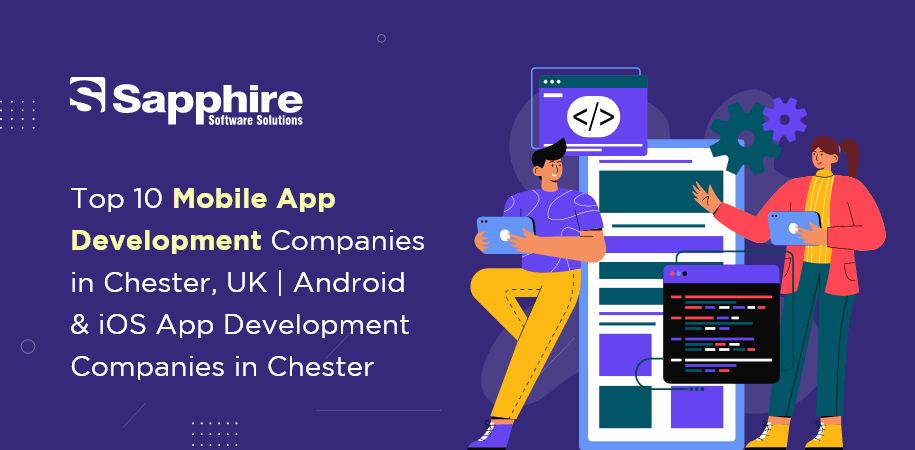
Hello Folks!!!
Today, we are going to discuss about the best mobile app development companies in Chester.
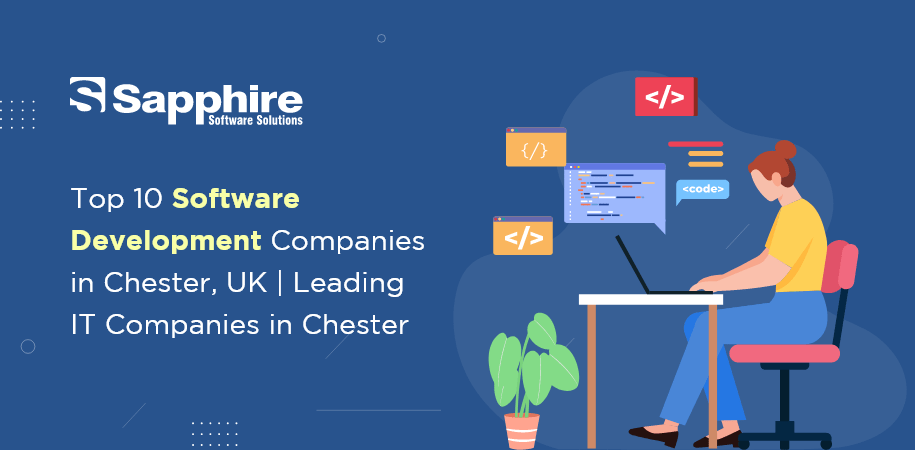
Hello Folks!!
Today, we are going to discuss about the best software development companies in Chester.
